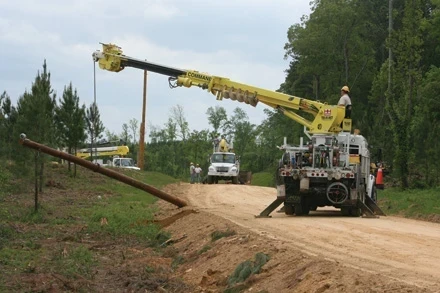Priority to Asset Management

Time to focus on planning contingencies and balancing risk
BY DON ANGELL AND MARK RIVERS, Doble Engineering Company
By definition for electric utilities, asset management refers to an established system used to monitor and maintain valuable commodities such as transformers and power lines. Utilities use asset management to cost effectively deploy, operate, maintain, upgrade, and dispose of critical assets as well as plan for contingencies, and address risk in a balanced and demonstrable manner. However, utilities cannot achieve success by chance.
Asset management begins with a utility’s assets. Utilities must ensure that the appropriate assets selected for any chosen operation are cared for efficiently and effectively. Additionally, utilities must ensure owned assets provide value by addressing stakeholder and environmental needs. Lastly, utilities must understand the risks to owning and operating assets such as transformers and circuit breakers.
Utilities can receive guidance and best practices of many different aspects of asset management by consulting two widely used industry standards. First standard, PAS55: “Optimal Management of Physical Assets”, developed over a decade ago in the United Kingdom by the British Standards Association, provides direction on physical asset management. Second, the International Organization for Standardization’s ISO 55000 series of Asset Management standards apply to all types of assets and by all types of organizations.









